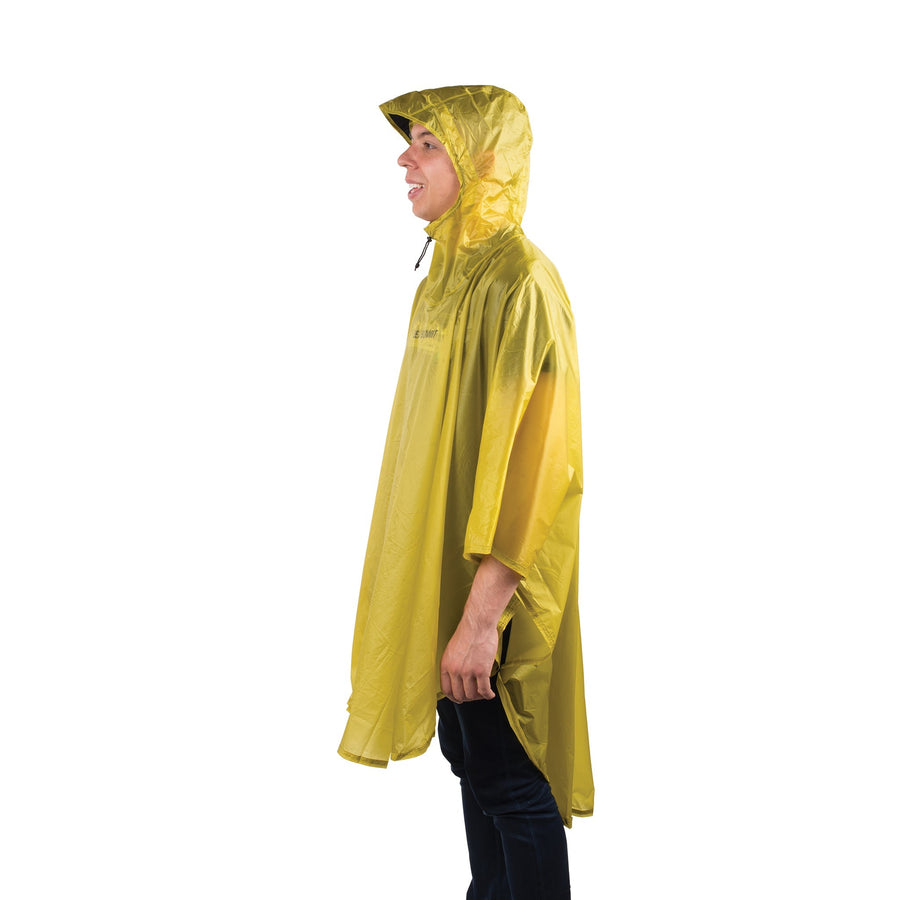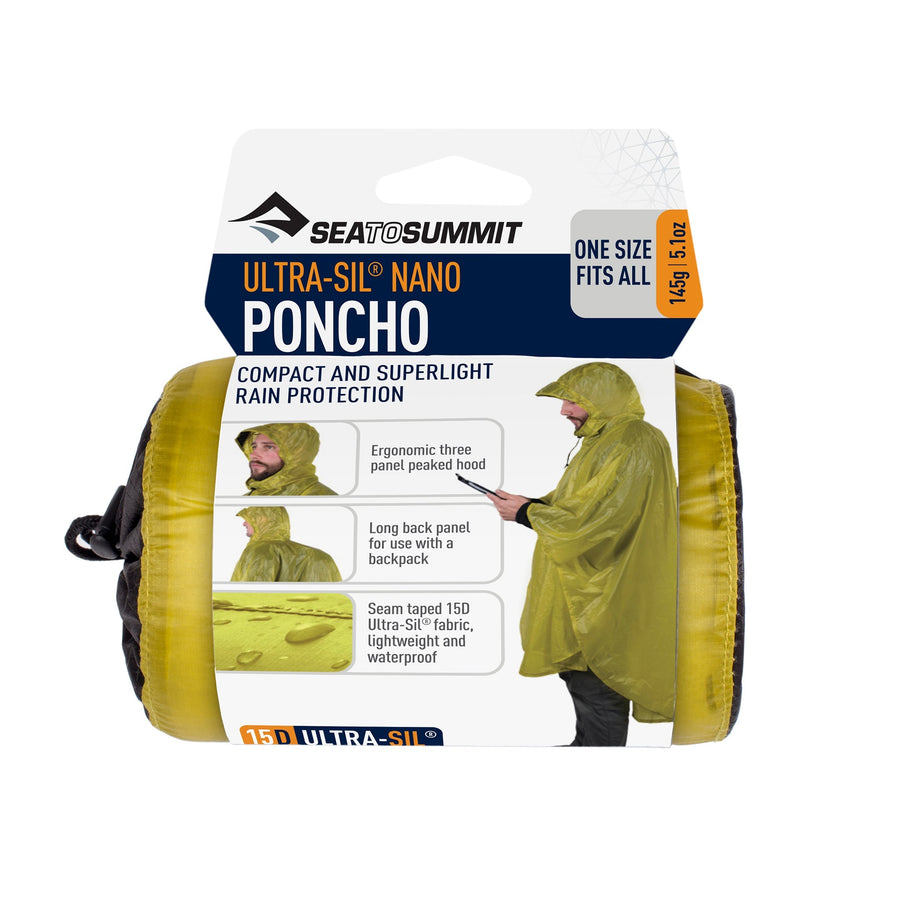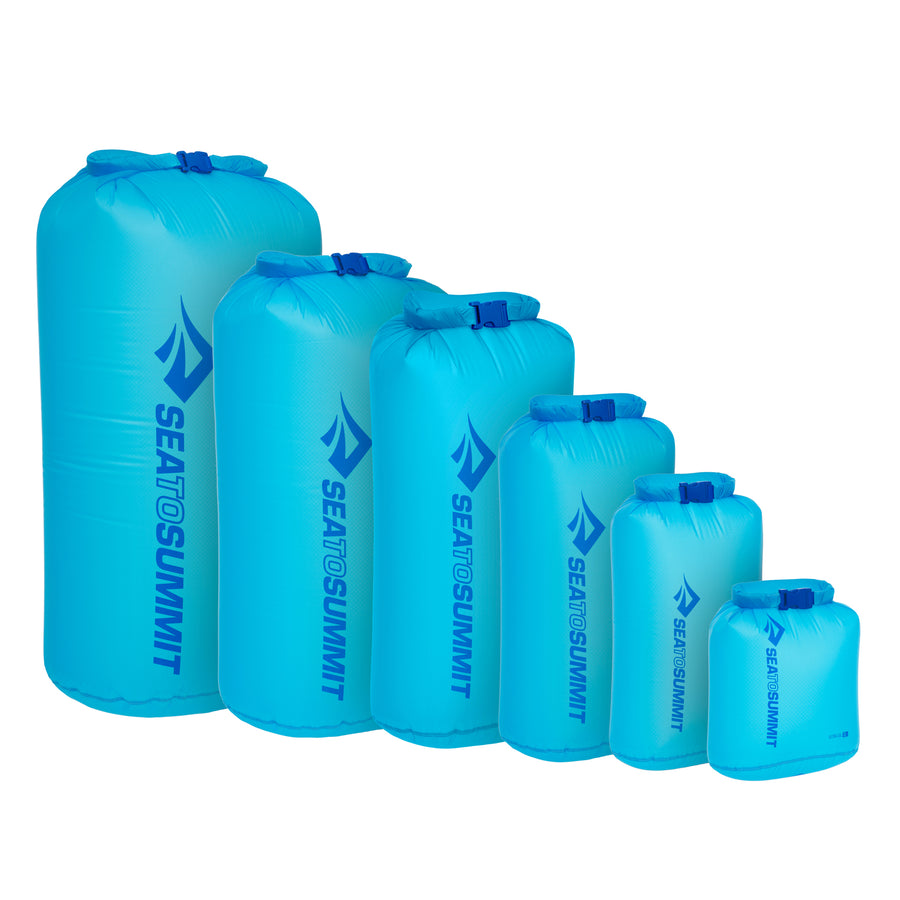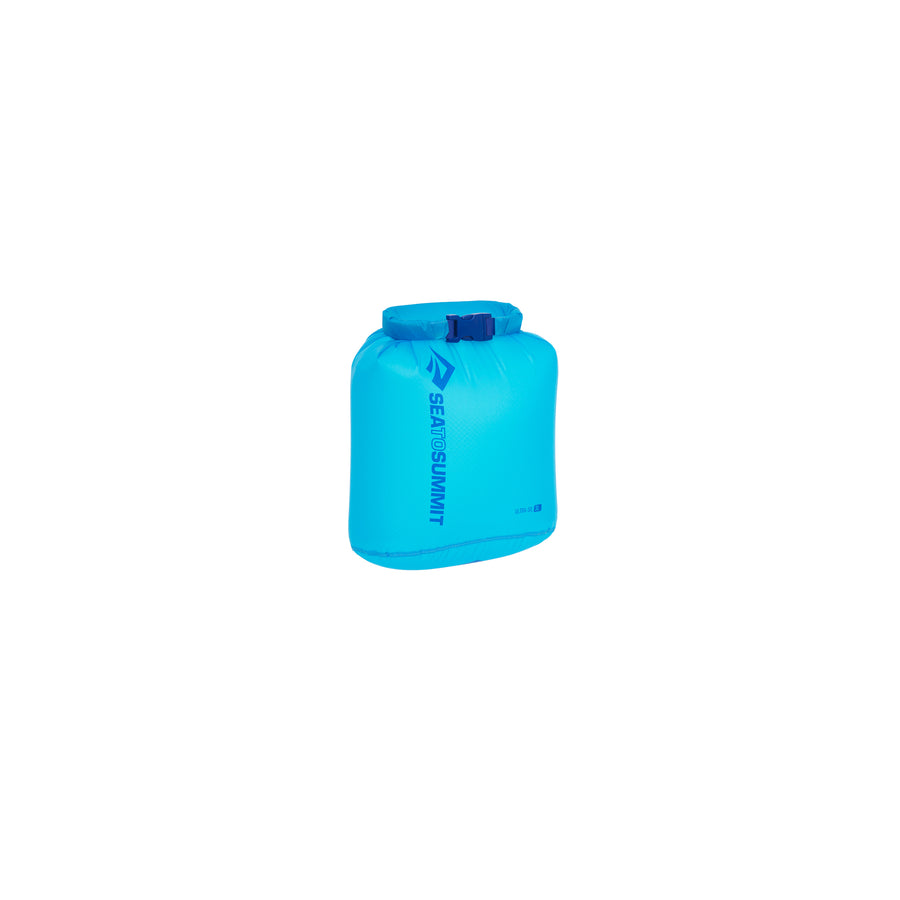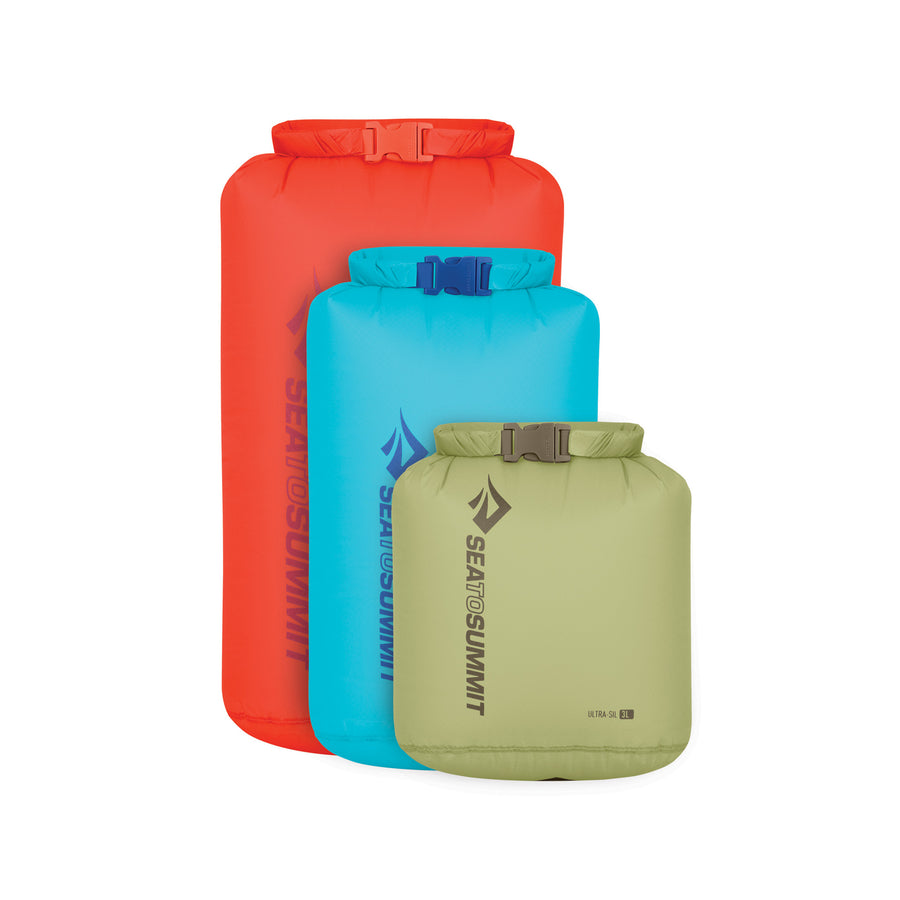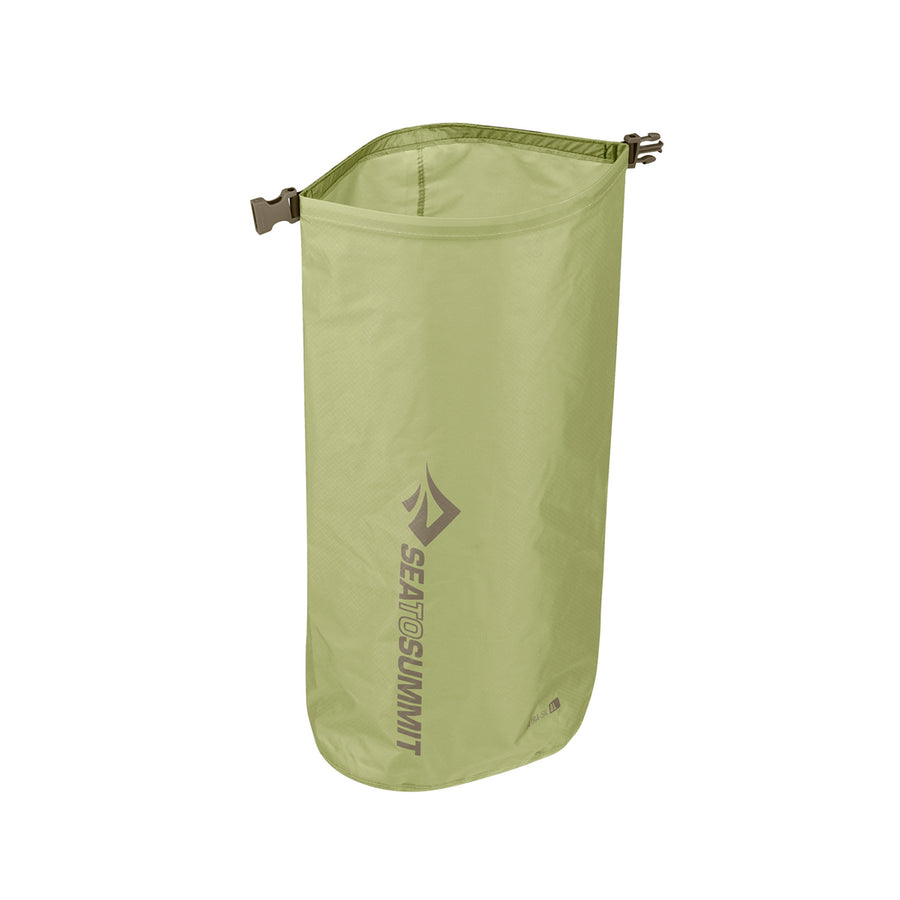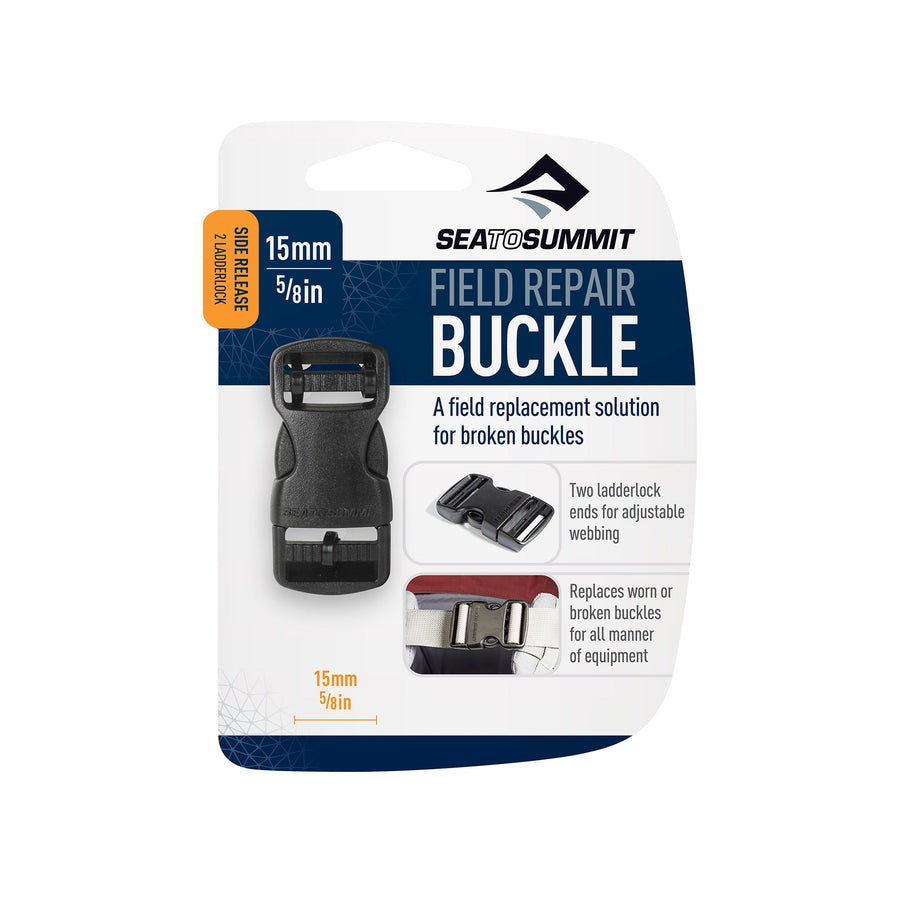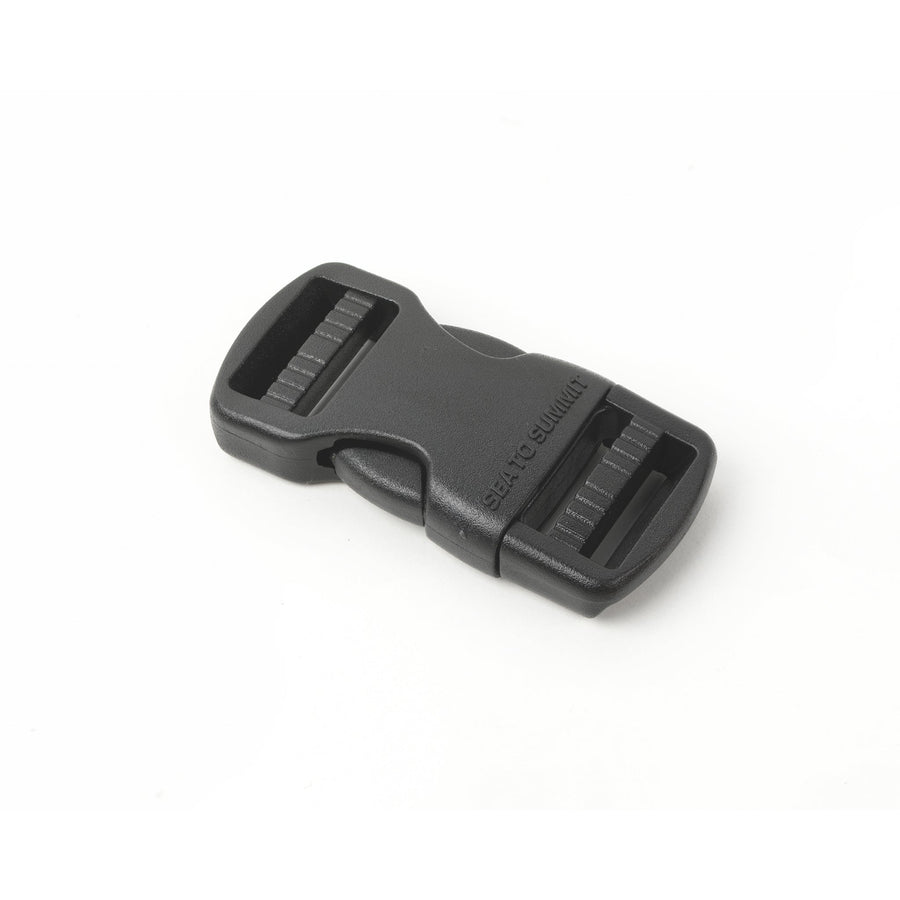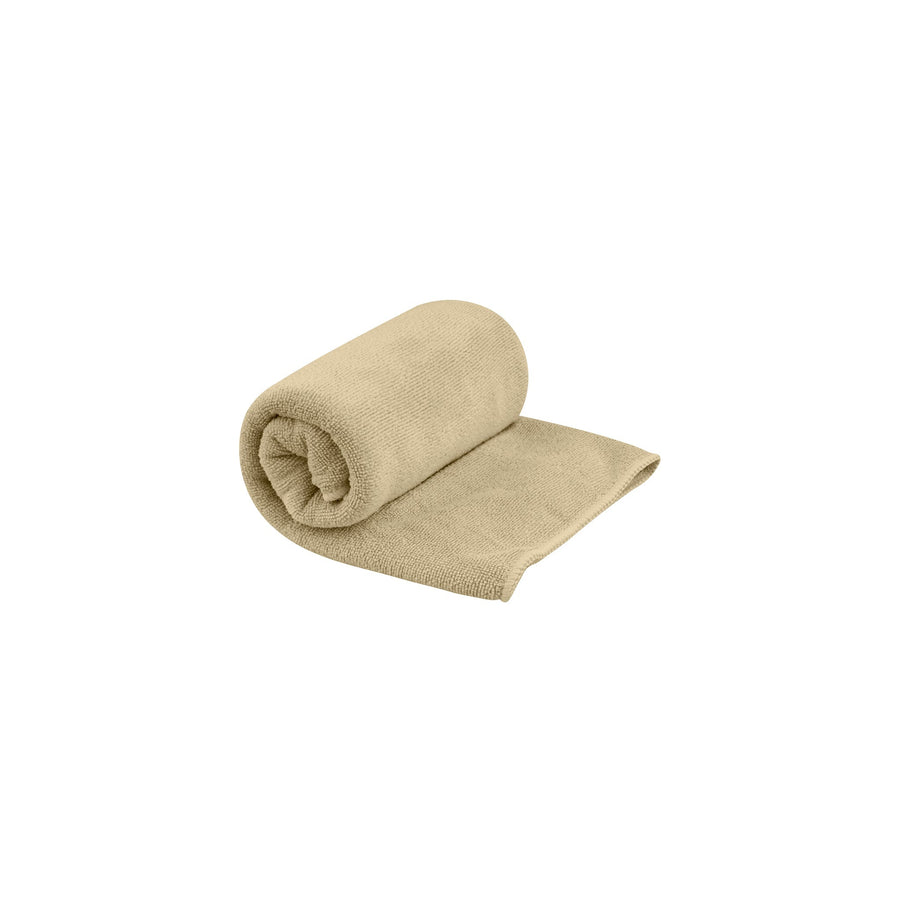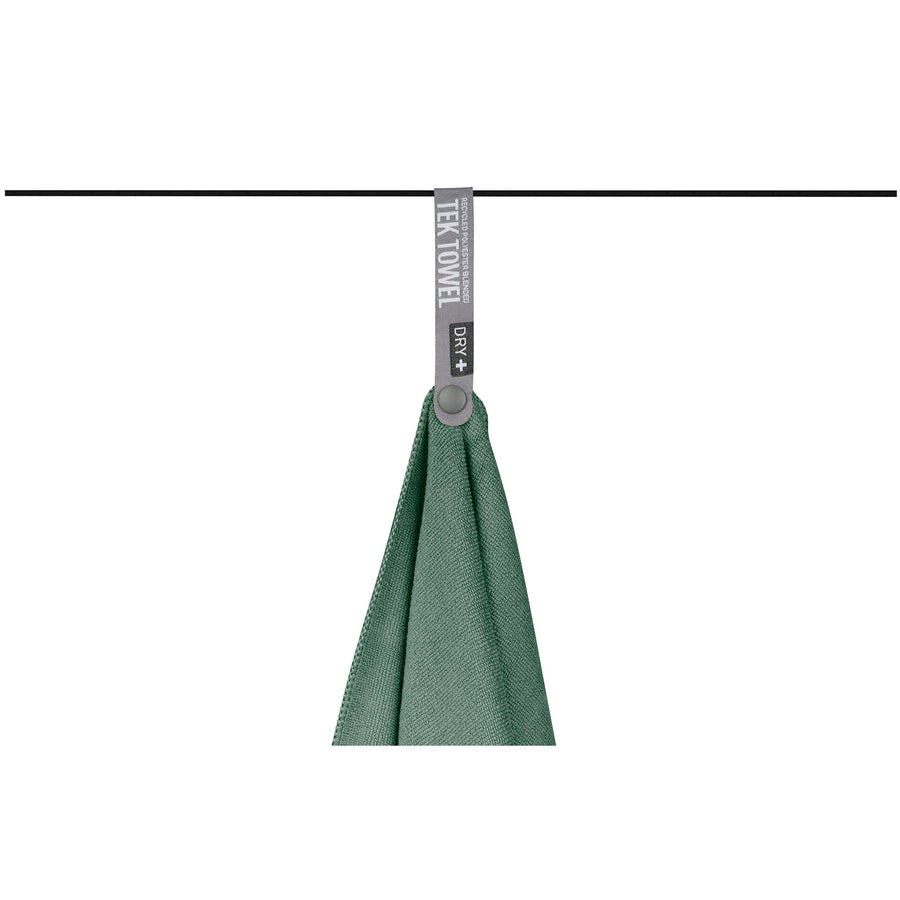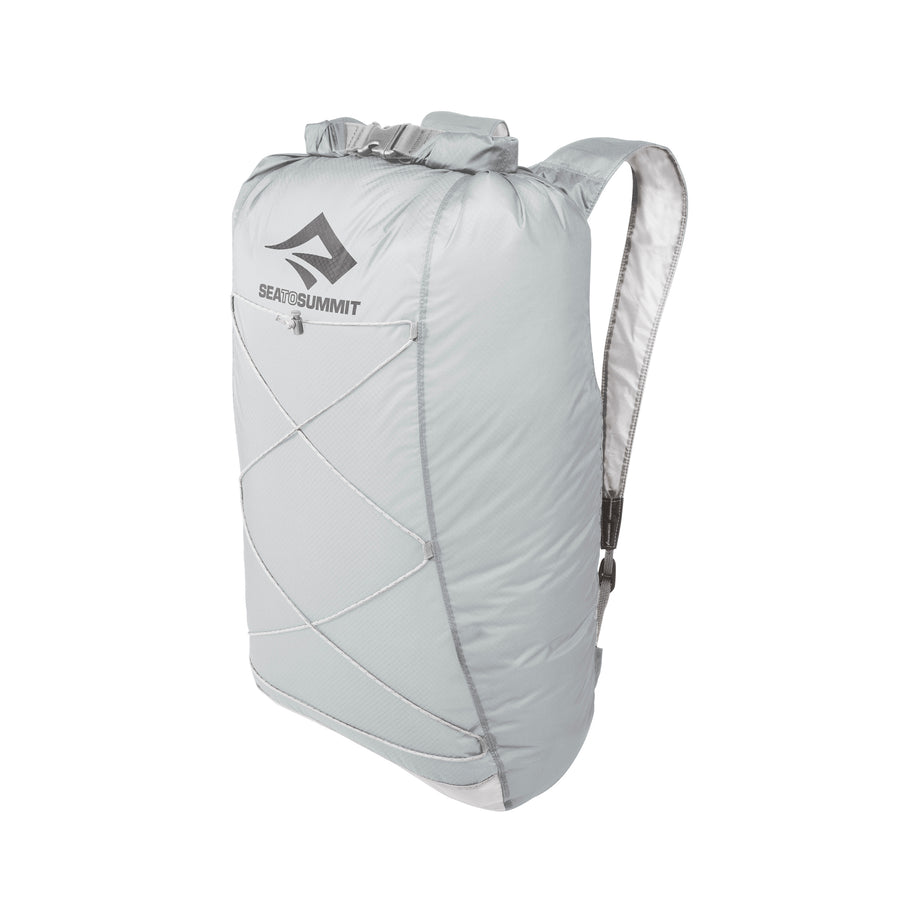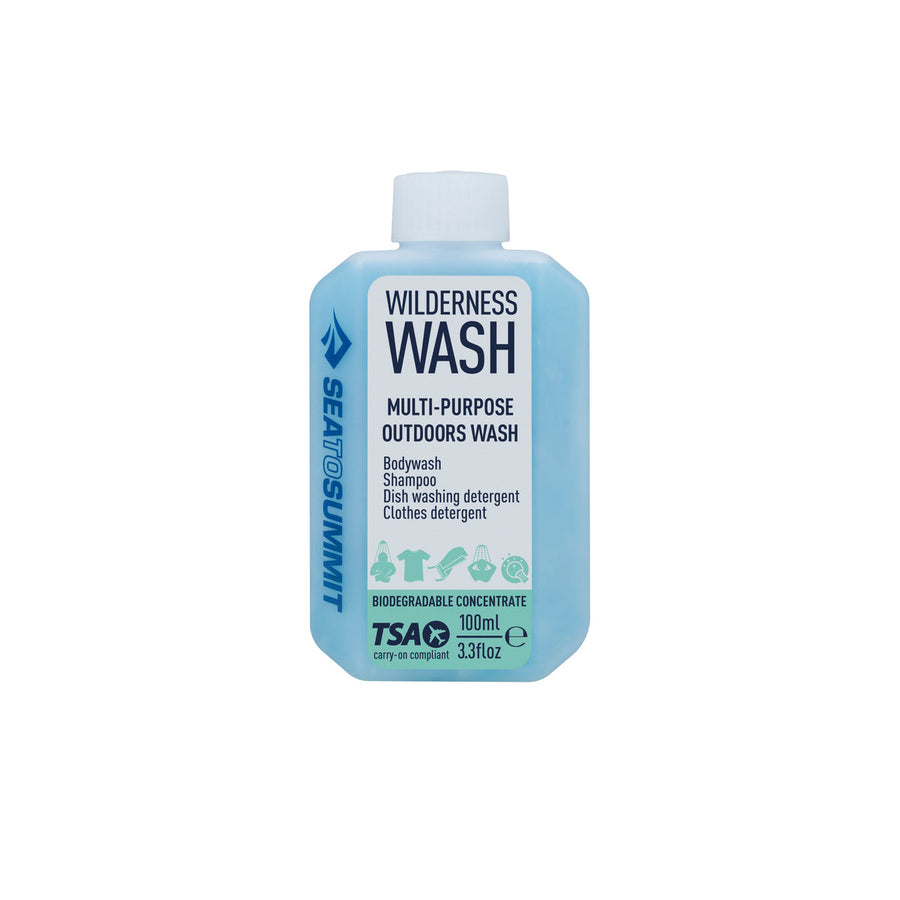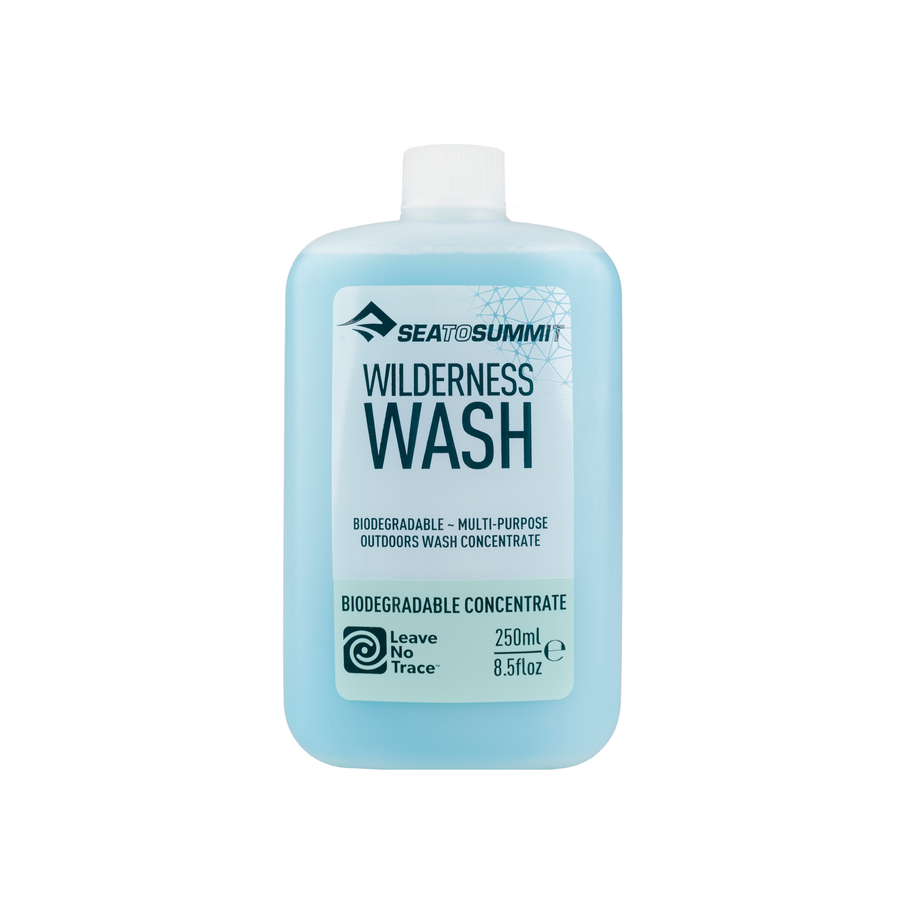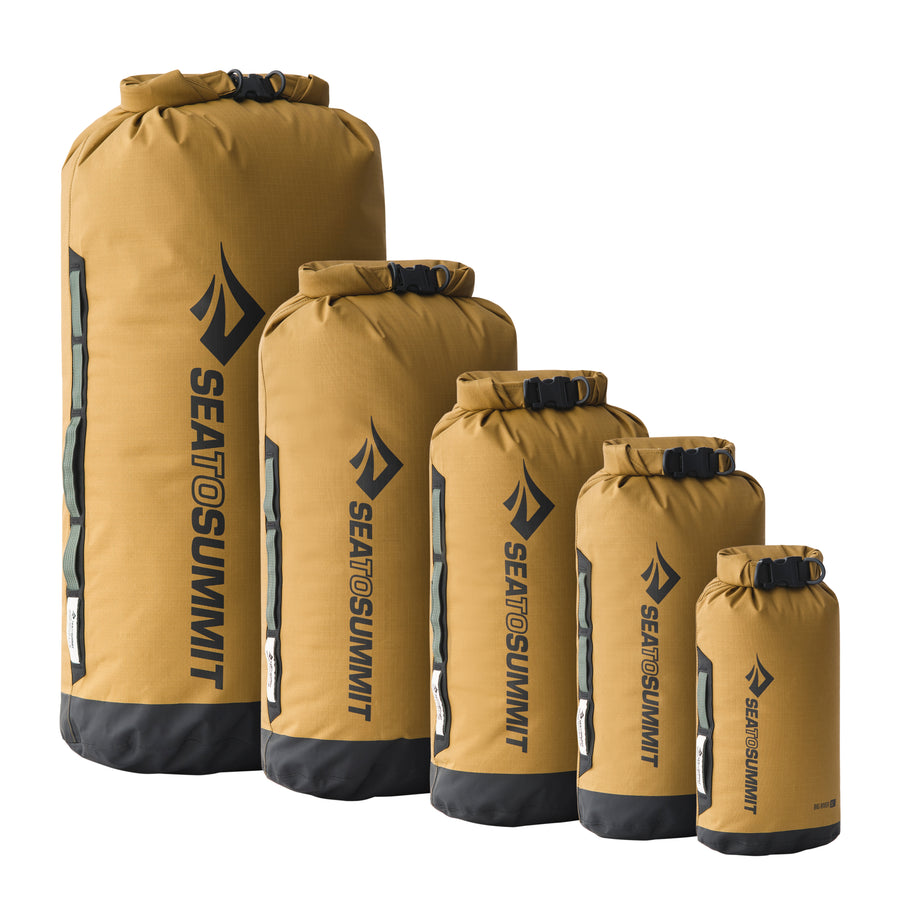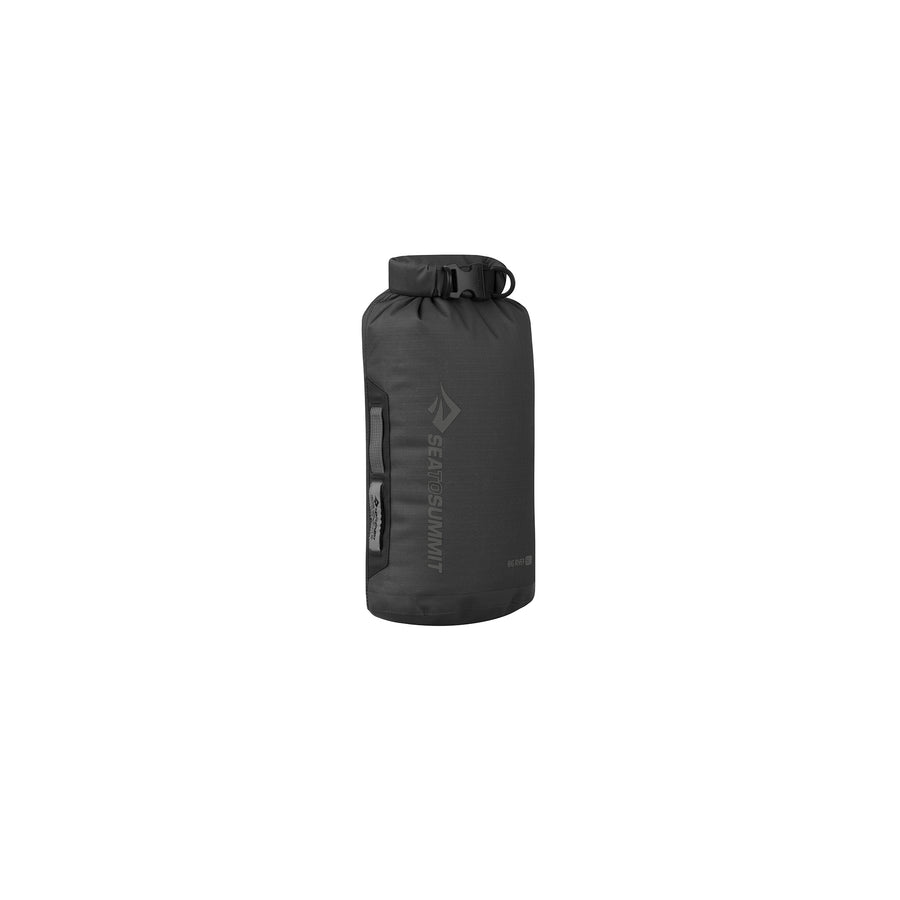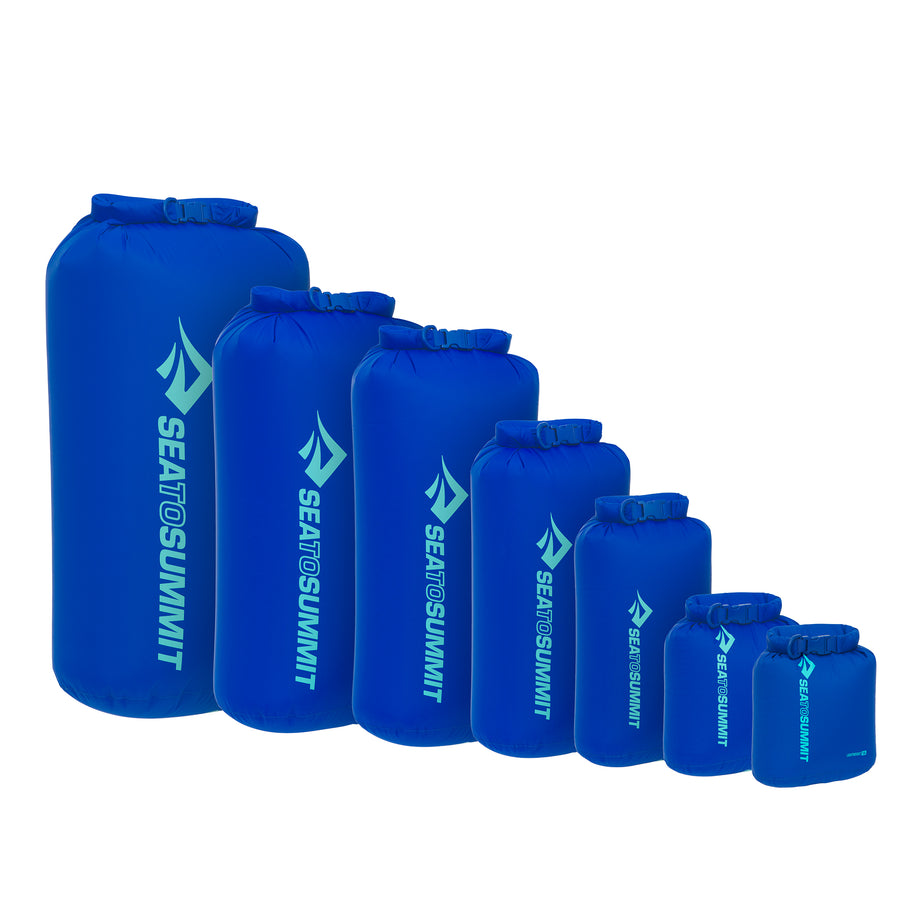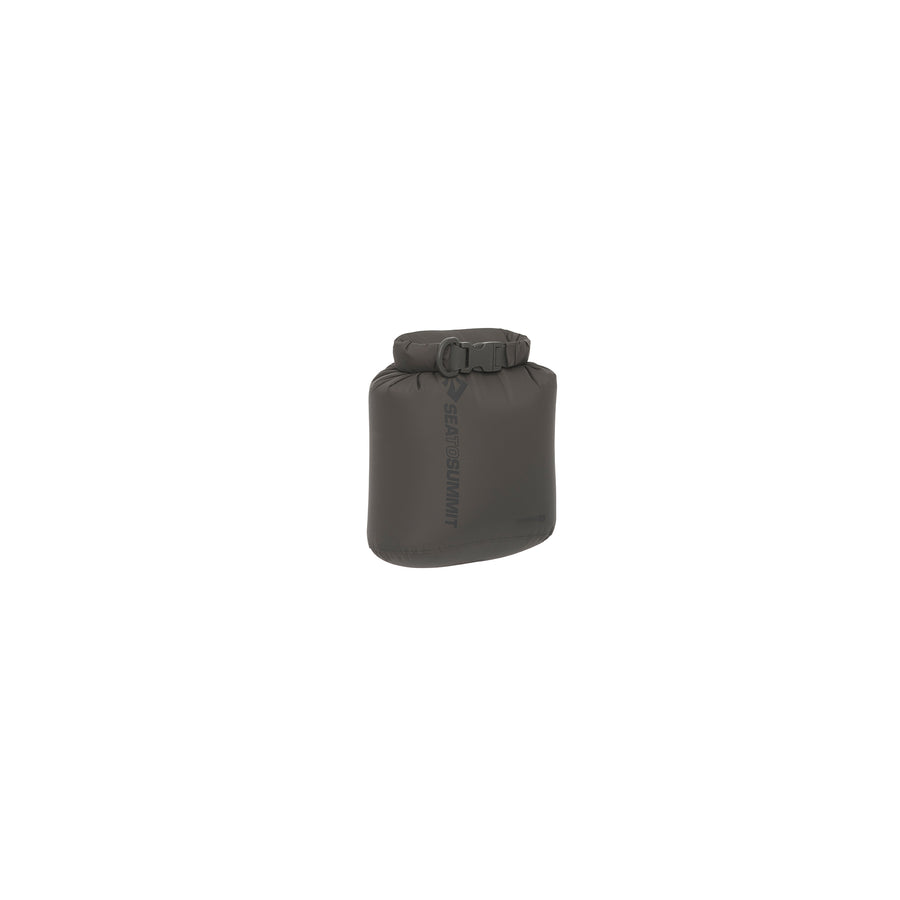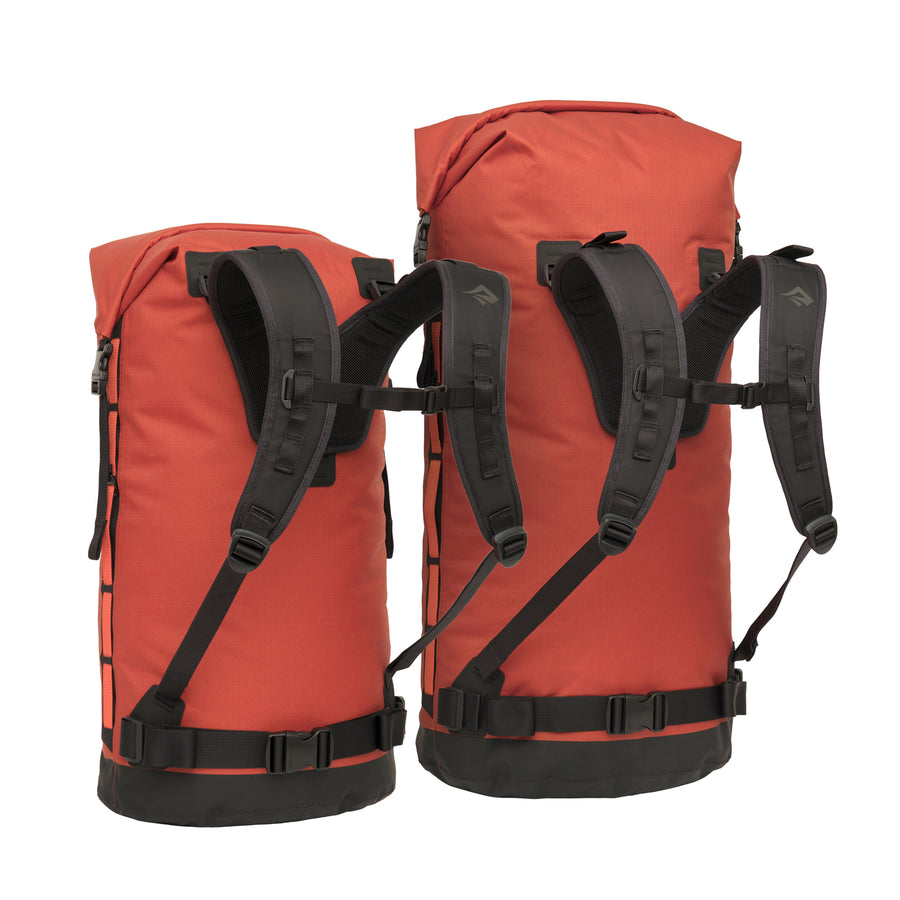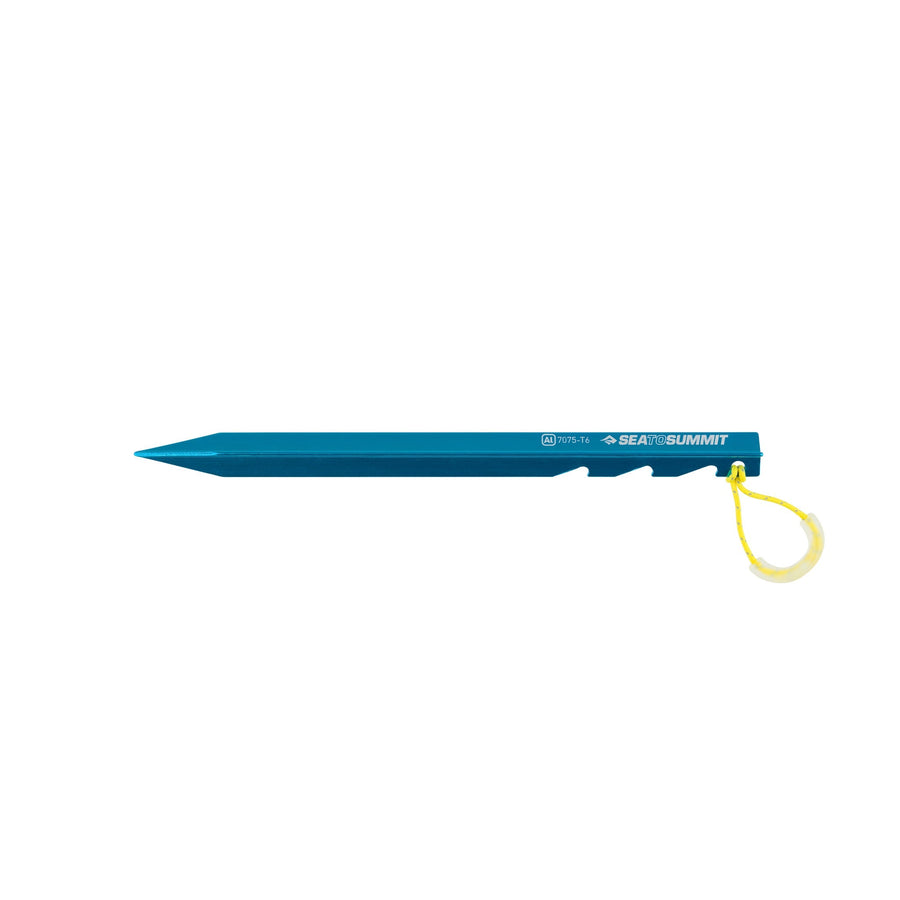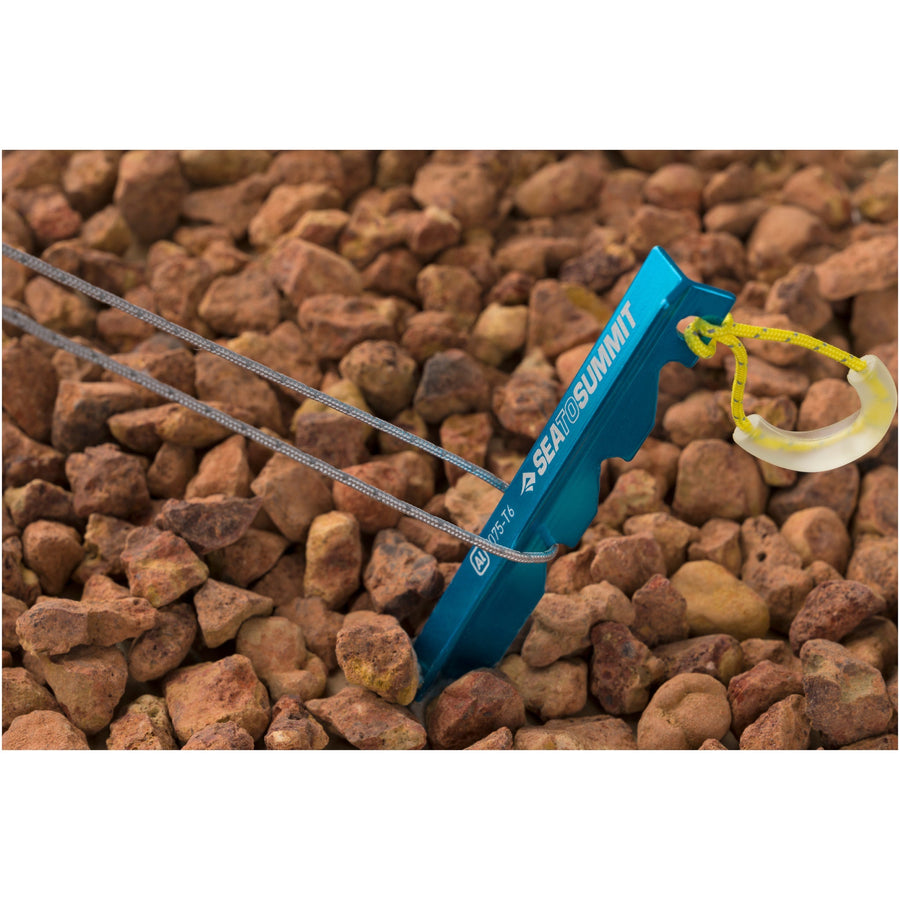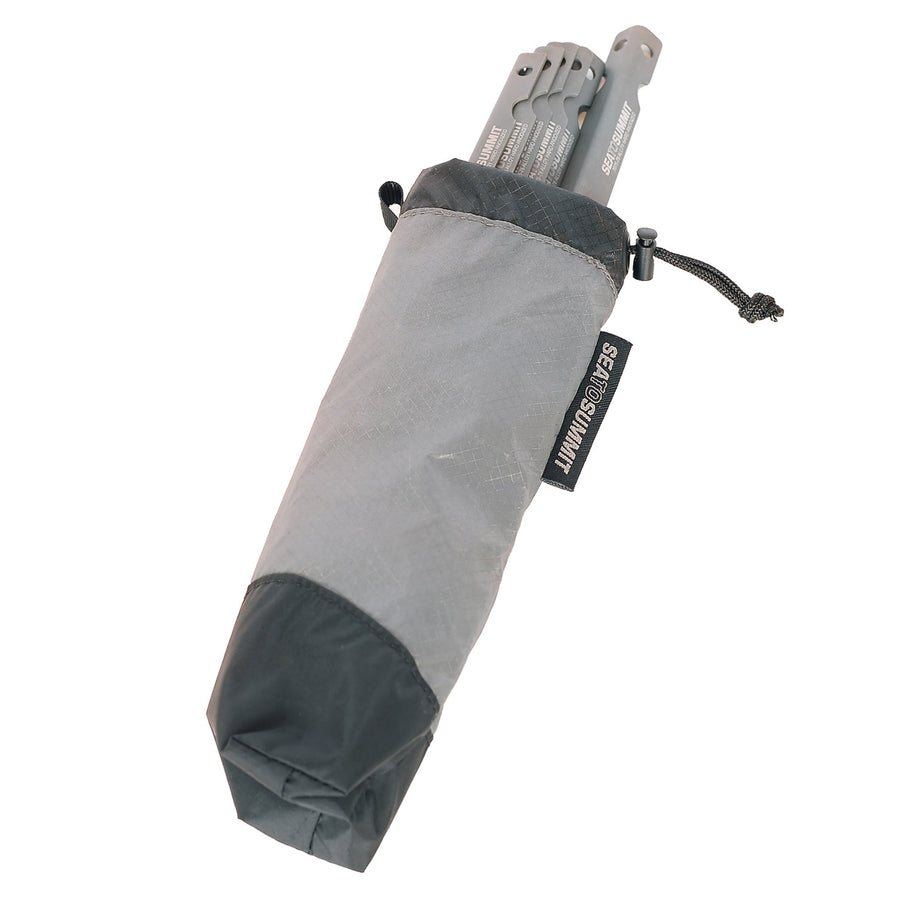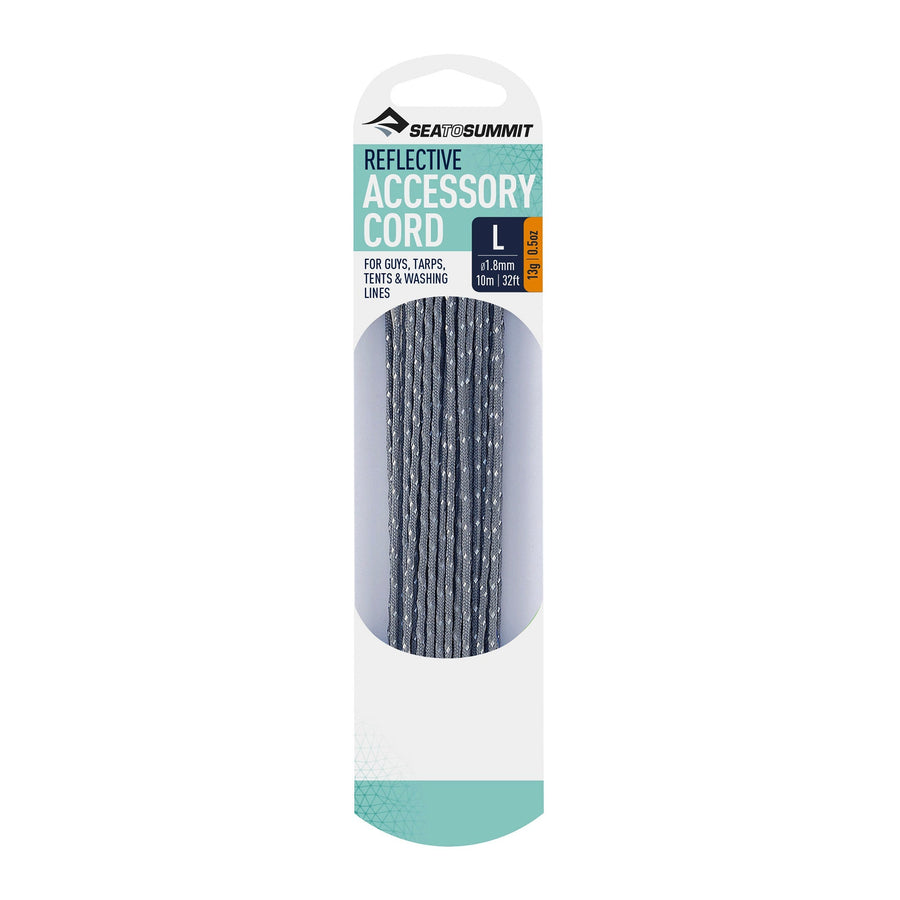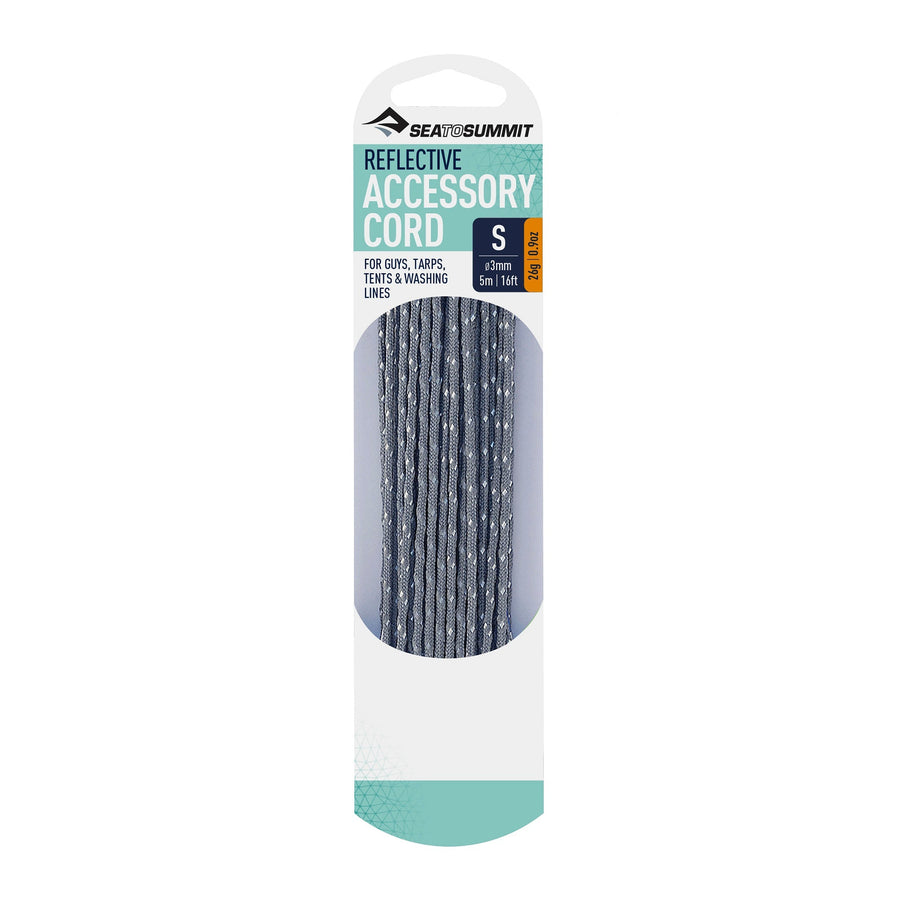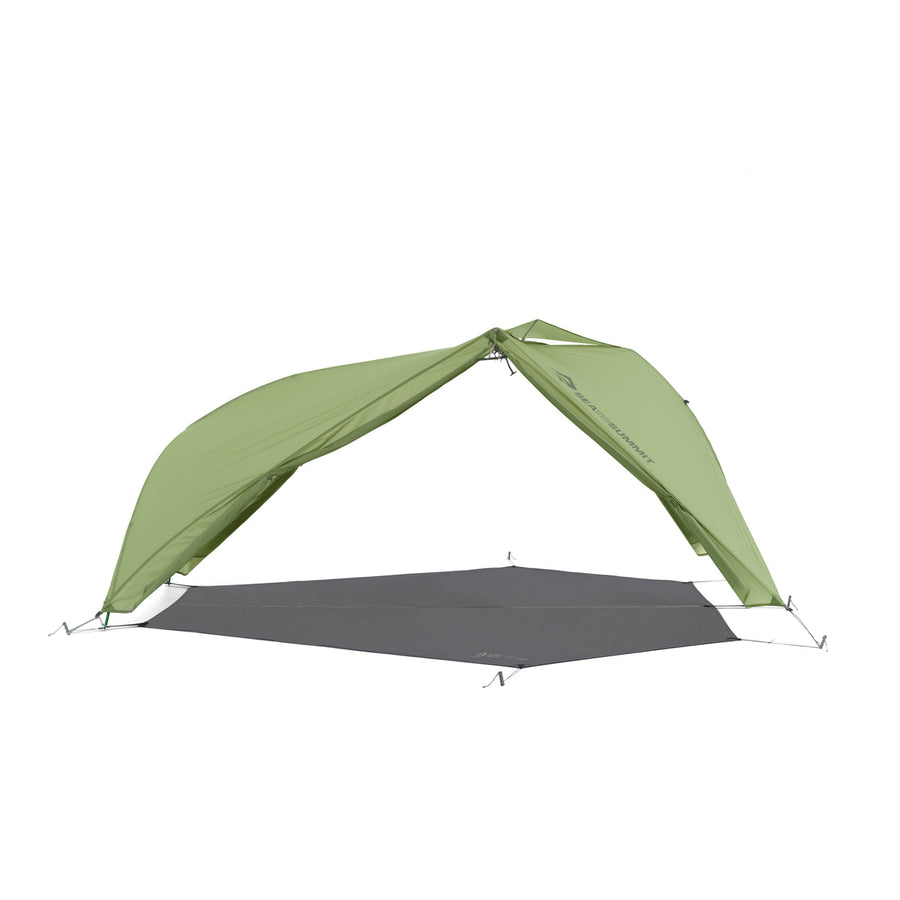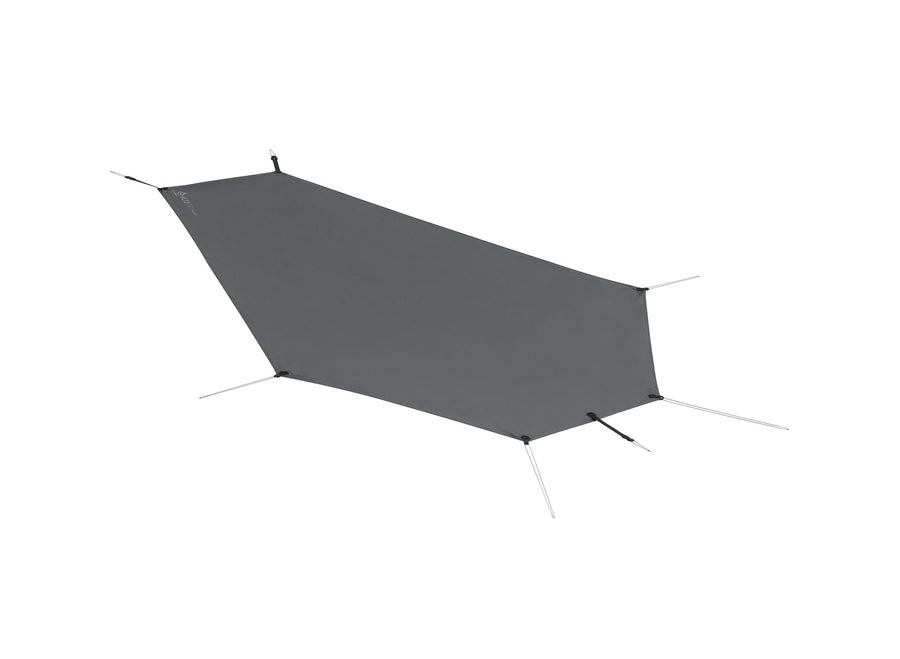Bike Touring into the Unknown: 10 Days in Cuba Without GPS or Enough Money
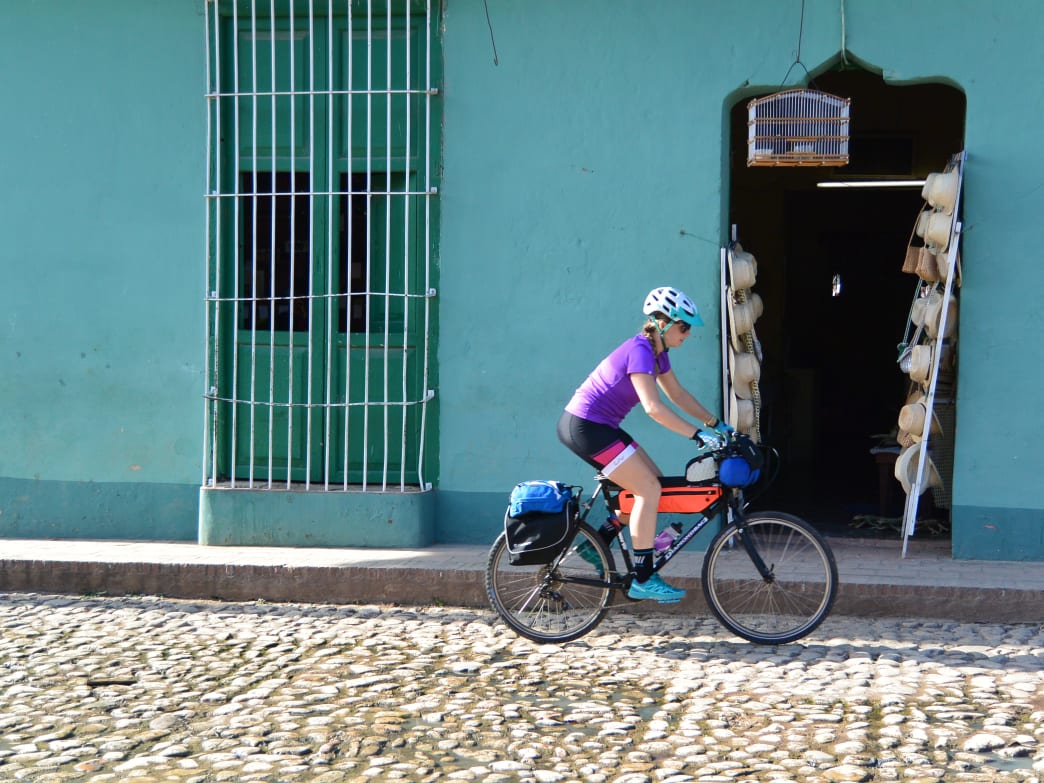
Drew and I sat in the living room of his parents’ warm, cozy house in snowy, central Minnesota a week before Thanksgiving. In just under a month, I would turn 30. A series of recent “life events” made this birthday, and my journey into the next decade of adulthood, extra special and important. We were discussing possibilities for celebrating.
Drew finally offered, “Let’s go to Cuba. And bike tour!” We purchased our plane tickets immediately.
Never mind that we’d never bike toured before. Never mind that we had a mere three weeks to research, plan, and execute. This was going to be the amazing adventure we’d both been craving.
Chapter 1: The Build Up

In the 21 days leading up to the trip, we had to build touring bikes, borrow bike bags, find frame bags and touring gear, gather extra bike parts and supplies, and completely plan our routes and lodging. A few hours of research led me to discover a few really important details:
- The borders aren’t exactly open for everyone. Travel to Cuba is still illegal for most Americans unless you fit into one of the Department of the Treasury Office of Foreign Assets Control’s twelve general licenses for authorized travel. We decided we would travel under the “Education” category, and would need to be prepared to discuss how our trip fulfilled these requirements with Immigration officials should the need arise.
- We would have no phone service, no internet, no GPS, and no access to extra money. We meticulously laid out a travel plan that detailed our every move between cities, listed our casa particulares hosts for each evening with addresses and phone numbers, noted possible landmarks to visit, and budgeted our planned expenses in hopes of not running out of money.
- Currently, there is no importation of bicycles or bike supplies. While there are a few poncheros in Cuba, they are not at all what we are accustomed to in America. We needed to be completely self-sufficient in regards to adjustments and possible repairs. Additionally, we wanted to “fit in” more by not taking fancy bikes, so we built up beater bikes with older spare parts that we had laying around our homes.
- Mostly due to the age of the plumbing, the water quality throughout Cuba is unreliable – we would need to filter all of our drinking water and carry hydration bladders.
- Cuban currency is complicated. Cuba has two currencies: the CUP (Cuban Peso, used by locals) and the CUC (Cuban Convertible Peso, "tourist money"). Interestingly, the CUC is equivalent to the USD. The CUP is about 1/25th of a USD. We would need both currencies, especially the CUP when we were in smaller towns.
- Finding English-speakers in Cuba would be just as difficult as finding internet. Drew speaks zero Spanish, and I had not spoken Spanish since college over a decade ago. My Spanish-English dictionary was the first thing I would pack.
We reached out to our friends at Schwalbe Tires North America and Oveja Negra Bikepacking to help us set up our rigs with durable, puncture-resistant tires and tubes and practical frame bags for our supplies. Additionally, we used a riding pack from Deuter to double as a daypack and dromedary. Finally, Giant Bicycles and Liv Cycling helped with clothing, gear, and tools, much of which we intended to leave in Cuba.

The Plan: Fly to Santa Clara, Cuba from Fort Lauderdale International Airport, Florida. Travel ~310km by bicycle in a clockwise fashion from Santa Clara, to Sancti Spiritus, to Trinidad, to Cienfuegos, and back to Santa Clara over ten days. We wouldn’t even go to Havana!
We would bike every other day, leaving an entire day to explore each city and rest. We sought to adventure “unplugged” for ten glorious days, completely live the Cuban lifestyle and explore the Cuban culture, research and interact with Cuban cyclists, challenge ourselves and journey out of our comfort zones mentally, physically, and culturally.
Chapter 2: Getting There

We nearly missed our flight. We dropped the dog off at doggie daycare in Orlando, Florida, and drove three hours south to Fort Lauderdale. After parking in the economy lot and waiting an unreasonable amount of time for the shuttle bus, we approached the first Jet Blue counter with our backpacks and bike bags.
After standing in three separate “wrong” lines, we finally found the special line just for Cuba travelers, making it to check-in with three minutes to spare. In a miraculous turn of events, however, the check-in agents did not charge us $50 each for our bikes!
Once at the gate, I approached an ATM to withdraw an extra $140. As it turns out, this extra cash would become extra handy later in the trip.
The flight from Fort Lauderdale to Santa Clara was only 50 minutes long, but a disabled plane on the only runway at the Santa Clara Airport left us circling for another 45 minutes. Finally on the ground and feeling a little motion sick, we gathered our luggage, exchanged a little bit of money, and found a taxi to take us to our first casa particular.

Our first host, Andy, was an amazing English-speaker. I had found him on AirBNB, and arranged to have him store our bike travel bags prior to booking his casa for the first and last nights of our trip. Andy also answered many of my questions about Cuba and our upcoming tour. The majority of his advice came down to: “You’ll figure it out.”
We built our bikes by lamplight in the living room before walking into town to find our first meal. We circled the square several times, taking it all in, before pouncing on a restaurante in an inn where we were surrounded by white, English-speaking people. We splurged on a fancy meal with a couple rounds of cocktails, the final bill amounting to only 30 CUC ($30.00 USD). While the food was delicious, we vowed not to get stuck around people just like us again.
The next morning, Andy prepared us a delicious Cuban breakfast of fresh juice, café con leche, and a sandwich before sending us on our way.
Chapter 3: The Adventure Begins

The first day of riding was hard. We pushed extra-heavy bikes into the sun, up and over small hills, for 85 kilometers. Our bikes were fully loaded with tires, tubes, chains, shifters, derailleurs, and other supplies that we planned to trade for Cuban pesos with our soon-to-be new friend William in Sancti Spiritus. We were not exactly ready for the heat, humidity, distance, and hills either, but the weight of the bikes sounds like a better excuse for our struggle.
We found William, who runs the Sancti Spiritus Mountain Bike Club, via Google and sought him out on Facebook. Mutually excited to meet each other, we’d agreed to bring him much-needed bike parts in exchange for tax- and commission-free cash. William also agreed to show us around Sancti Spiritus, take us to a couple bike shops and translate for us, and rally other club members to ride with us a short distance on our way out of town a couple days later.
It was our first day navigating, ordering food for ourselves in Spanish, and learning just how quickly we would be able to travel. We stopped for our first lunch a few hours down the road in a small town outside of Placetas. We had read a lot about “Cuban street food,” and how other folks tended to enjoy this very inexpensive, greasy food better than some of the fancier restaurants. I ordered a couple cervesas and left Drew relaxing in the shade while I nervously braved the window at a pizza cafeteria.

I waited, and waited, and waited… nothing happened. Several Cubans came, paid, and left with food, while I stood patiently waiting my turn. After a period of time long enough to begin wondering if I was in the wrong place doing the wrong thing, a woman spoke to me in a language I could clearly understand:
“You speak English, right?” _“Yes.”__ “Just yell at her.”_ [Gesturing toward a woman sitting with RBF in a chair at the back of the room.]“I’m sorry…?”“Just yell at her. You have to tell her what you want. She’ll tell the cook and will call you when it’s ready. Then pay her. In exact change.”
Incredibly thankful for this woman’s advice and help, I successfully ordered (in broken Spanish) dos pizzas con queso—oily flat bread with a few drops of something resembling red sauce and a couple dollops of cheese, cooked over a charcoal oven. I proudly returned to Drew and the mental and emotional safety of a beer-drinking, English-speaking partner.
Tired, dehydrated, and sun-kissed, we were happy to be greeted a few hours later by our host Matilde and two glasses of fresh juice at our next casa, which had the best view in all the city.
Chapter 4: The Guru Mechanics of Cuba

The next day, William met us to guide us through the city and show us a couple of the bike shops in town. Walking into a chicken-wire-and-plywood-walled enclosure with dirt floors, we saw bare-handed mechanics wearing coveralls, using diesel fuel to clean old bike parts. While neither mechanic spoke English, they paused to talk to us and show us parts they’d made for customers’ bikes anyway. They explained how everything can be re-used, and this was obvious with the cornucopia of bike-related objects we saw piled or hanging in every available space.
As we understand it, during the Special Period, petroleum imports to Cuba were all but halted. In order to keep his country rolling forward, Fidel Castro imported (and then began manufacturing) bicycles and bicycle parts.
When the Special Period finally ended, so did the bicycle importation and manufacturing. Bicycles are still used as a primary means of transportation for most Cubans—but without access to new parts, Cubans are forced to re-use, re-purpose, or hand-make replacement parts.
Michel, the owner of the shop, is highly sought-after for his mechanical prowess, drawing customers from as far away as Havana. He showed us a pair of hubs that he machined on a lathe with a chisel. We also saw larger tubes that had been cut and re-sewn to fit inside bicycle tires, ball bearings from old Russian vehicles that had been sanded down to fit inside bottom brackets and headsets, and pedals and seats formed out of wood to replace broken plastic parts.

The tools he doesn’t have to remove or repair a particular part, he machines or has machined for his shop. The industriousness and creativity of the bicycle mechanics in Cuba makes the work of American mechanics look like a color-by-numbers painting.
The second shop we visited was much the same. Poking around, I noticed a few torn-out magazine pages hanging on the walls in a shrine-like fashion. In one was an article about the release of SRAM’s XO mountain drivetrain (circa 2001).
It didn’t take long for the folks in the shop to excitedly inspect our bikes and notice the really nice “junk” parts we had, including my XO rear derailleur. An employee pointed at it, then at the magazine page, and back to my derailleur. I didn’t need a translator to know that this guy couldn’t believe he was seeing SRAM XO, in person, for the first time in his life.
That night, William and his wife Irina treated us to dinner at their house. Our new friends were very candid with us as they described life in Cuba. We asked further about the Special Period, and their recollection of growing up during that time nearly brought us to tears.
Chapter 5: The Riding Is Hard, and the Livin’ Is Easy

The following morning, a small group of Sancti Spiritus Mountain Bike Club members joined us for the first 30 kilometers of our ride to Trinidad. Only 71k, mostly downhill, and with a much lighter load (after trading gear to William) was a welcome relief.
This was easily the most beautiful stretch of our ride. We passed through gorgeous, colorful countryside, flanked by the Caribbean to the south and the mountains to the north. Again, we baked in the sun, and shade was a luxury only found during stops on the side of the road. We were much better, however, about stopping to eat snacks, drink water, and reapply sunscreen.
Our spirits were high after a great day, and we were looking forward to spending some extended time in Trinidad. The look and feel of this city was vastly different than the others we’d visited thus far. One of the more touristy towns, with close proximity to European beach resorts, Trinidad was filled with street markets on cobbled roads selling handicrafts to foreign visitors.
Our next host, Madelin, showed us to our gorgeous rooftop studio, where we began to unpack, hang up our sweaty, salty, stinky clothes to air out, and relax. We agreed to let her cook us a homemade meal of chicken, rice, beans, and plantains—easily the most delicious meal we’d had, and at this point we felt it was well-deserved.
We walked to town to listen to live Cuban music and enjoy a couple beverages at Casa de la Musica. Everything about the trip was coming together beautifully, and while the days were long and the riding was challenging, life felt easy.
Chapter 6: The Beginning of Misadventure

*All of a sudden, I realized I had forgotten to budget Cuban pesos to fly our bikes back home. No, I couldn’t swipe my credit card for $100, because US cards don’t work in Cuba. *
I immediately set aside 100 CUC for this purpose. With four and a half days remaining in our trip, our “available cash” had suddenly dropped from 190 CUC to 90 CUC. Breakfast, the largest and most important meal of our days, was provided for approximately 5 CUC (plus small tip) per day by each of our hosts. With five breakfasts + tips to go, I set aside another 60 CUC.
We now had 30 CUC left for two people, 10 meals, and any “extracurricular” activities we were hoping to do over the next 4 days. My heart sank.
We opted for a rest day at the beach to clear our minds. We packed up some leftover breakfast for a lunchtime snack, slathered sunscreen all over our bodies, and rode approximately 12 kilometers to Playa Ancon.
We were also hoping that riding away from the very touristy Trinidad would take us through towns with less expensive food. At the roadside cafeterias, a cheese pizza would set us back 7 CUP (approximately $0.28 USD). In Trinidad, a similar cheese pizza would set us back 2.50 CUC (approximately $2.50 USD)!
While not expensive, we could no longer afford it, not knowing what the next four days would look like and how the prices in our next city would compare. Unfortunately we weren’t so lucky finding inexpensive food in Playa Ancon, so we were forced to ride around the outskirts of Trinidad in hopes of finding something off the tourist-beaten path.

We spotted a menu listing bocaditos at only 7 or 8 CUP a piece. We purchased two sandwiches and a couple beers, a meal totaling 86 CUP ($3.44 USD). I only had a 100 CUP bill, and I paid expecting change. After not receiving any, I asked the cashier in broken Spanish, only to be rapidly told that what we had ordered amounted to 100 CUP.
Knowing she was full of shit, and also knowing my knowledge of Spanish was not deep enough to call her out, we left pissed. At the same time, why wouldn’t the local try to cheat the “rich white tourists” out of a little more money? Lesson learned: pay with correct change.
During a peaceful evening walk around town, Drew and I discussed the importance of finding another town where we could try to purchase cheaper food.
Chapter 7: Scraping by and a Glimmer of Good Luck

The next morning, we packed up our bikes and decided to head back to Manaca Iznaga, a small town we had passed on our way in. It was approximately 32k round-trip, a reasonable “side trip” with unloaded bicycles.
On our way out the door, Madelin inquired in Spanish: "Are you heading back to the beach?""No, we’re riding to Manaca Iznaga. Trinidad is too expensive, and we can’t afford the food here. We hope we can find cheaper cafeterias there."
Confused and disbelieving, she still agreed and offered to send us to a bank. In a long and difficult conversation, I explained that there was no way for us to obtain more cash, and that we were running out of money. I was ashamed to tell her we only had less than 30 CUC left for the both of us, knowing full well that the average salary of a Cuban is 25-30 CUC per month. She understood: Vamos a ver … We’ll see. Buena suerte. Good luck.
We rode to Manaca Iznaga and successfully obtained more food on the cheap. We ate two small pan con queso sandwiches each, shared seven croquetas and took another seven croquetas to-go, along with peanut-and-honey briquettes that proved quite satisfying on the long, hot days in the sun.

Heading back and climbing the large hill we had now summited three times felt easy, and we had the wind at our backs. I proposed an extended trip home, circumnavigating Trinidad to enter from the west side, so that we could ride along the beach during sunset.
Drew took me up on the idea, as I explained it “really wasn’t that much farther.” Unfortunately, it was, and we ended up cycling 52 kilometers round-trip instead of the 32k we’d planned. We returned home, tired and starving.
I laid out seven cold and soggy croquetas, two peanut bricks, and two American energy bars on our dinner table. There was so little food left after our giant, all-day, extra bike trip to obtain more that it was nearly humorous. And then…
“ELIZABETH!”"Sí, señora?"
Madelin charged up the stairs, yelling at me in Spanish. Wide-eyed and desperate to understand what she was telling me, I listened intently, hoping we had not done something wrong or, heaven forbid, we owed her more money.

Then I heard it—te regalo comida, cena. Seeing our measly and inadequate “dinner” on the table, Madelin shouted until we accepted her gift to us of leftover dinner. Starving, we still tried to deny we needed food, but she wasn’t having it. We reluctantly followed her downstairs, where she placed in front of us a smorgasbord of rice, beans, leftover chicken and fish, and best of all: some friends and family eager to spend time with us.
Madelin sat in a rocking chair, combing and braiding the hair of her fourteen-year-old daughter, both watching the evening news. Madelin’s friend Eddy insisted we watch an American movie with him, while he translated to us in Spanish, and asked us everything about America: our jobs, politics (oh yes, American politics), and healthcare.
We ate until our bellies couldn’t take it anymore, and we conversed, in Spanish, until my brain could no longer translate. Completely overwhelmed with the generosity of a family who, comparatively, has nothing, we slept well and felt powerful and prepared for the next day’s 85-kilometer cycle to Cienfuegos.
Chapter 8: Turning 30

The ride to Cienfuegos was long and hot. We could feel the fatigue in our legs, and we stopped many times to rest, eat, drink water, and just not be on bicycles. We followed the coastline for much of the ride, the ocean to our left, and the mountains to our right coming in and out of view and we crested the rolling hills.
Each city we’d visited thus far had been vastly different from the one before, and Cienfuegos was no different. It seemed to be comparatively affluent; saw well-dressed people walking through town, large sailboats anchored in the harbor, and several tall, well-cared for buildings.
Once again, we were greeted with cool, fresh juice and the smiling faces of our new hosts, Magda and Nestor. We parked the bikes and walked into town to find dinner. With only two days left in Cuba, and it finally being my 30th birthday, we found it appropriate to “splurge” on a 4 CUC ($4.00 USD) family-sized American-style pizza and two 1 CUC ($1.00 USD) pints of beer.
The following day, we explored Cienfuegos and its famous architecture by foot, thankfully finding cheap cafeteria food and ice cream throughout the day.
Chapter 9: The Final Push and a Fond Farewell

Our last push back to Santa Clara was one of our shortest days at 76 kilometers, but the hardest pedal yet. Faced with an intense headwind and staring into the sun the entire way, we pushed our bikes slowly through sugar cane fields and small villages.
We opted to decrease our distance by nearly 10 kilometers in exchange for riding along the Autopista Nacional expressway for the last 20k. As you can expect, the headwinds intensified—we pedaled slowly past Cubans walking their bikes on the climbs, and we pedaled downhill to avoid coming to a complete stop.
We were bonking. I was tired of pedaling, I was tired of translating and speaking Spanish, I was tired of feeling stressed about money, and I was tired of the sun, heat, and wind. We briefly visited the Che Guevara Mausoleum before continuing on to Andy’s house.

Andy, happy to see us return, helped us load our bikes in preparation for our early afternoon flight the next day. We explained to him in English (finally!) our trip and our misadventures. We asked him for help negotiating a better taxi price, and promised he could keep what the remainder in exchange for his assistance. We also sold him a small multi-tool for enough money to purchase a few souvenirs for ourselves and our families back home.
We arrived at the airport in a quintessentially-Cuban vintage car, with our last 100 CUC in my back pocket, and were shocked to learn that—yet again—we weren’t charged to fly our bicycles! Looking at each other as though we had just won the lottery, we ate and drank until our bellies ached, shopped for additional souvenirs (including rum and cigars), and happily boarded our plane smelly, tired, tan, and skinny. We couldn’t wait to be home.
Epilogue

While it took a few days to mentally, physically, and emotionally recover from our trip, we look back fondly on our time in Cuba, and cannot wait to return. We have never felt safer, more welcome, and more appreciated and respected as cyclists in our lives. And, we firmly believe that there’s no other way we could have truly experienced the Cuban culture as we did by bicycle.
A friend (who, coincidentally, has been cycling in Cuba) recently shared this quote:
“Cyclists see considerably more of this beautiful world than any other class of citizens. A good bicycle, well applied, will cure most ills this flesh is heir to”—Dr. K.K. Doty
Written by Elizabeth Walker for RootsRated and legally licensed through the Matcha publisher network. Please direct all licensing questions to legal@getmatcha.com.
